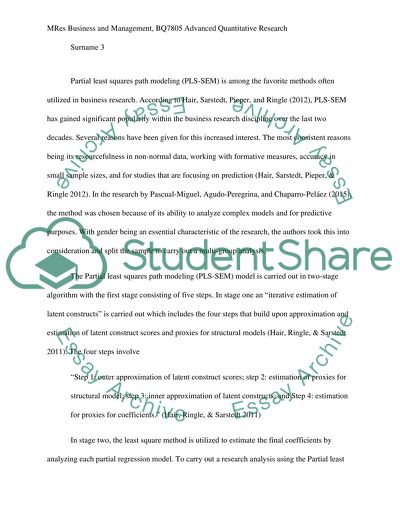Cite this document
(“SPSS-Analysis Assignment Example | Topics and Well Written Essays - 1000 words”, n.d.)
SPSS-Analysis Assignment Example | Topics and Well Written Essays - 1000 words. Retrieved from https://studentshare.org/statistics/1695144-spss-analysis
SPSS-Analysis Assignment Example | Topics and Well Written Essays - 1000 words. Retrieved from https://studentshare.org/statistics/1695144-spss-analysis
(SPSS-Analysis Assignment Example | Topics and Well Written Essays - 1000 Words)
SPSS-Analysis Assignment Example | Topics and Well Written Essays - 1000 Words. https://studentshare.org/statistics/1695144-spss-analysis.
SPSS-Analysis Assignment Example | Topics and Well Written Essays - 1000 Words. https://studentshare.org/statistics/1695144-spss-analysis.
“SPSS-Analysis Assignment Example | Topics and Well Written Essays - 1000 Words”, n.d. https://studentshare.org/statistics/1695144-spss-analysis.


